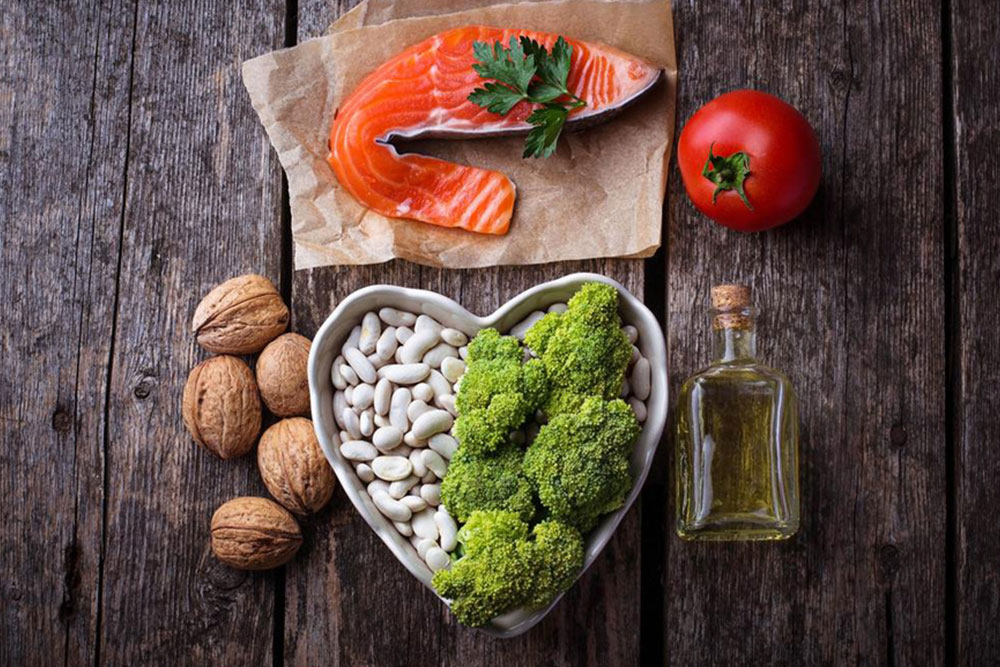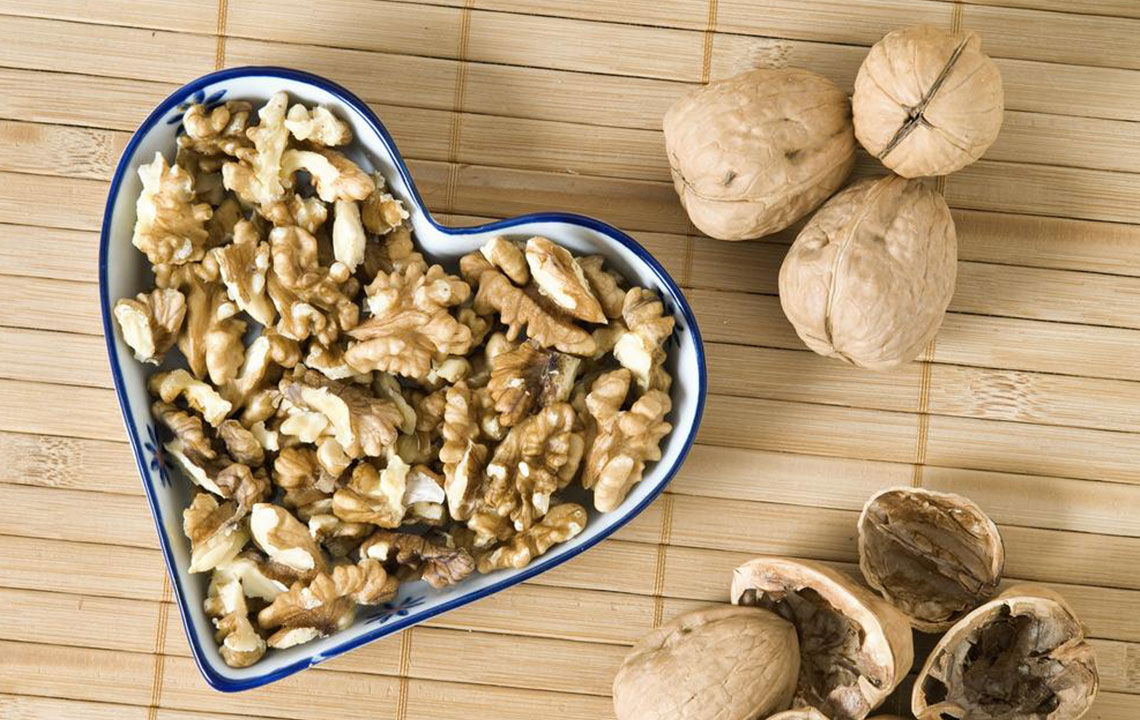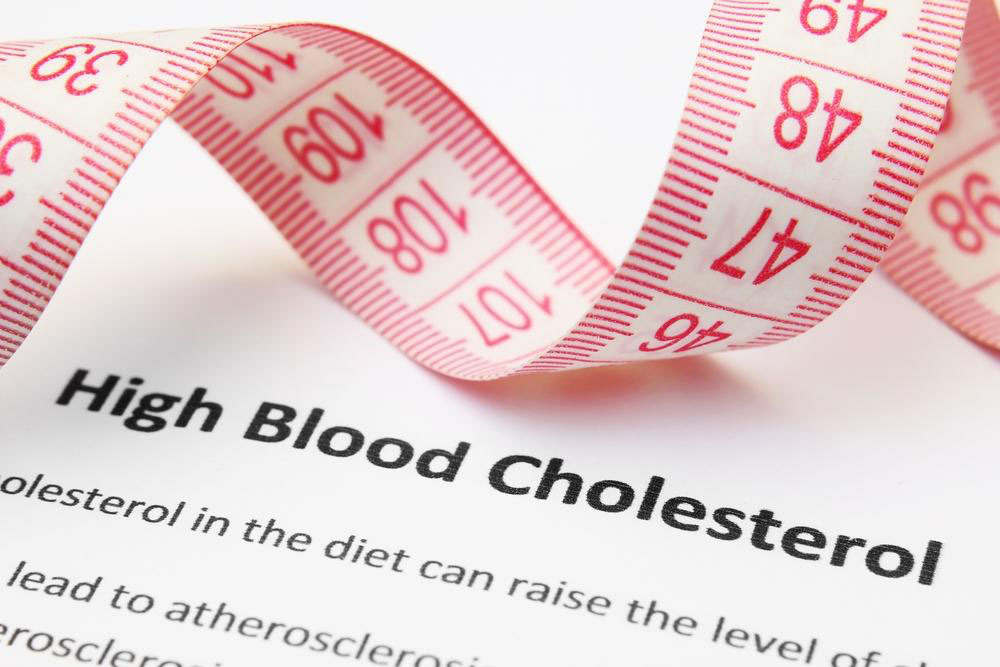Comprehensive Meal Guide to Lower Triglyceride Levels
Discover effective meal plans to lower triglyceride levels with easy-to-follow breakfast, lunch, and dinner options. Learn how incorporating healthy fats, lean proteins, and whole grains can help manage triglycerides and improve cardiovascular health. This guide emphasizes simple diet changes combined with lifestyle adjustments for optimal results.

Comprehensive Meal Guide to Lower Triglyceride Levels
High triglyceride levels in the blood can increase the risk of heart disease and other cardiovascular issues. Approximately one-third of Americans face this health challenge. These fats originate from excess calories consumed or stored fat being released for energy. Adopting a nutritious diet is effective in managing triglyceride levels. Here are some meal suggestions to help you get started with a heart-healthy eating plan.
Breakfast Ideas
Cereal with Berries
Choose a cereal with less than 9 grams of sugar and top it with berries like raspberries, blueberries, or strawberries. Alternatively, enjoy half a cup of oatmeal soaked in skimmed milk, sprinkled with walnut pieces for added healthy fats.
Egg-Based Breakfasts
Opt for two egg whites or egg substitutes, combined with vegetables such as tomatoes, spinach, onions, and mushrooms—about a cup’s worth. Use a teaspoon of olive oil or fat-free margarine for flavor, and serve with whole wheat toast. Adding a citrus fruit like an orange provides an energizing start to your day.
Seafood Morning Options
Kick off your morning with an ounce of smoked salmon paired with a whole grain bagel. Enhance the flavor with a teaspoon of low-fat cream cheese and fresh dill capers. Accompany it with a cup of melon slices for hydration and nutrients.
Wholesome and Tasty Lunches
Healthy eating doesn’t have to be bland. Consider these flavorful options:
Salad and Soup Combo
Combine one cup of vegetable-based low-fat soup with a fruit and vegetable salad made of chopped greens. Include two whole wheat crackers for crunch, and drizzle with olive oil-based dressing.
Lunch Ideas
Seafood Sandwich - Prepare a tuna sandwich with two ounces of tuna on whole wheat bread, adding chopped onions, pickles, and slices of apple. Spread with low-fat mayonnaise. Serve with a fresh veggie salad containing carrots, tomatoes, and peppers seasoned with olive oil.
Chinese-Style Protein Lunch - Stir-fry a cup of vegetables with shrimp, chicken, or tofu in olive oil. Pair with half a cup of brown rice or whole wheat pasta, and top with pineapple chunks for extra vitamins.
Dinner Suggestions
Since dinner is close to bedtime, keep it light to promote restful sleep and avoid bloating. Consider these options:
Grilled Chicken with Vegetables - Enjoy three ounces of grilled or broiled chicken paired with baked sweet potatoes topped with a teaspoon of fat-free margarine. Include steamed broccoli and peppers for added nutrients. Finish with a small serving of frozen yogurt or non-fat pudding topped with pistachios to satisfy a sweet craving.
Whole Grain Pasta - Mix a cup of whole wheat pasta or spaghetti squash with tomatoes and vegetables. Add 3.5 ounces of turkey, tofu, or lean meat, seasoned with herbs like oregano or basil. Finish with a sprinkle of low-fat parmesan cheese. A glass of wine pairs well with this Italian-inspired meal.
Seafood Dinner - For a change, enjoy grilled or sautéed salmon or tuna, or broiled shrimp seasoned with lemon juice or balsamic vinegar. Serve with steamed asparagus and half a cup of wheat couscous in mushroom broth, garnished with sliced scallions and roasted tomatoes drizzled with olive oil.
Implementing these dietary changes can significantly improve triglyceride levels. Making thoughtful food choices and combining them with regular exercise can reduce health risks associated with high triglycerides. Simple adjustments in your meals can lead to positive health outcomes and lower your risk of cardiovascular disease.










